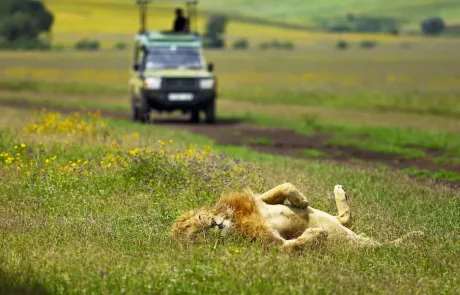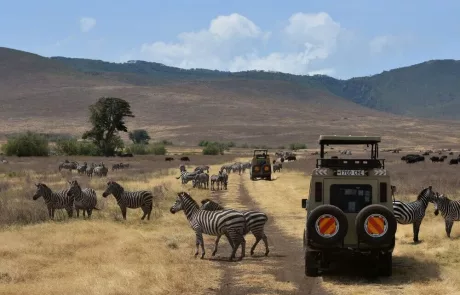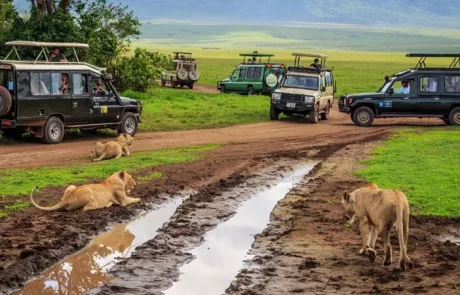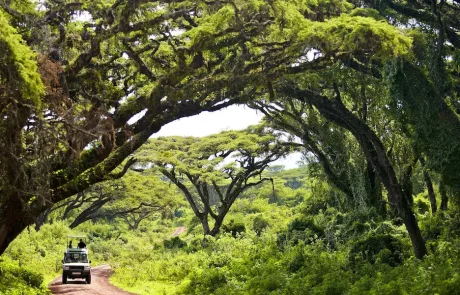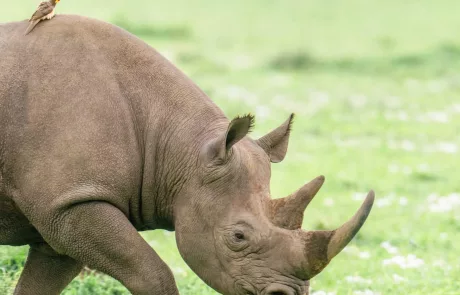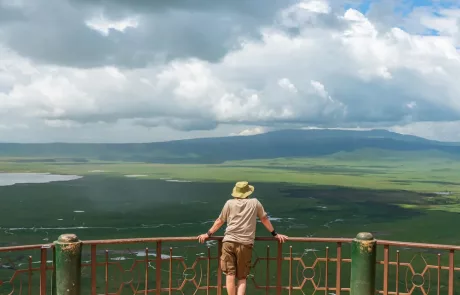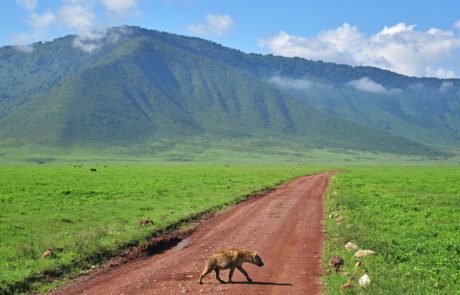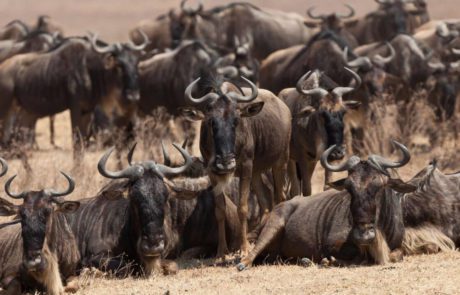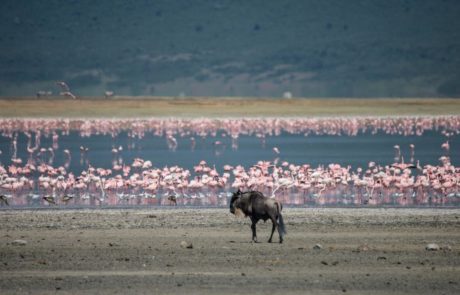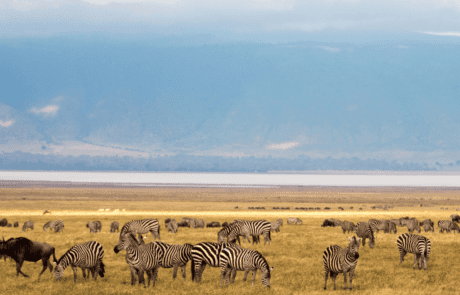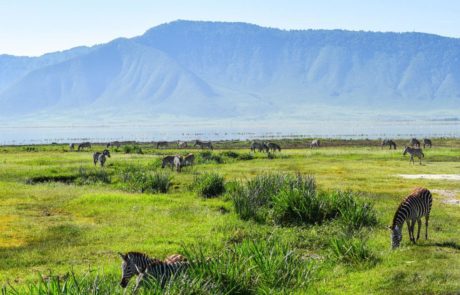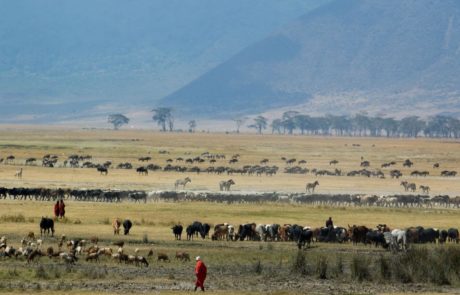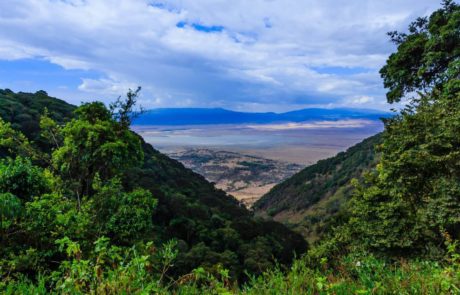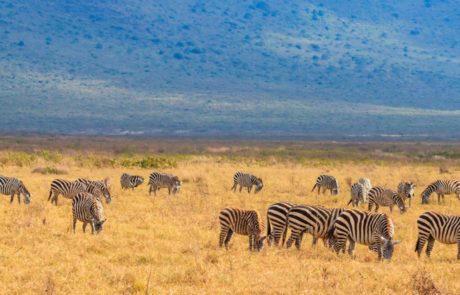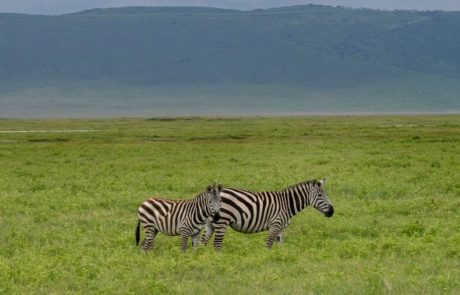Ngorongoro Crater
Ngorongoro Crater is a truly awe-inspiring destination that offers a unique and unforgettable wildlife experience. From the diverse array of animals that roam its vast plains to the stunning birdlife that fills the skies.
Design your trip
Design your trip
Ngorongoro Crater: A Natural Wonder in Tanzania
Nestled in the heart of Tanzania (Within the ngorongoro conservation area) , the Ngorongoro Crater is a natural wonder that should be on every traveler’s bucket list. This stunning UNESCO World Heritage Site is located in the Arusha Region of northern Tanzania, and it is often referred to as the “Eighth Wonder of the World”.
The Ngorongoro Crater is a unique and breathtakingly beautiful destination, as it is the largest intact volcanic caldera in the world. With a diameter of about 20 kilometers and a depth of over 600 meters, this massive crater offers a spectacular landscape that is home to an abundance of wildlife and stunning natural beauty.
Wildlife & Animals
When it comes to wildlife, the Ngorongoro Crater is a haven for animal lovers. It is estimated that there are over 25,000 large animals within the crater, making it one of the densest concentrations of wildlife in Africa. Visitors to the crater can expect to see a variety of animals, including elephants, lions, buffalo, hippos, and zebras, just to name a few. There is also a high chance of spotting the elusive black rhino, as the crater is one of the best places in Africa to witness this rare creature in its natural habitat.
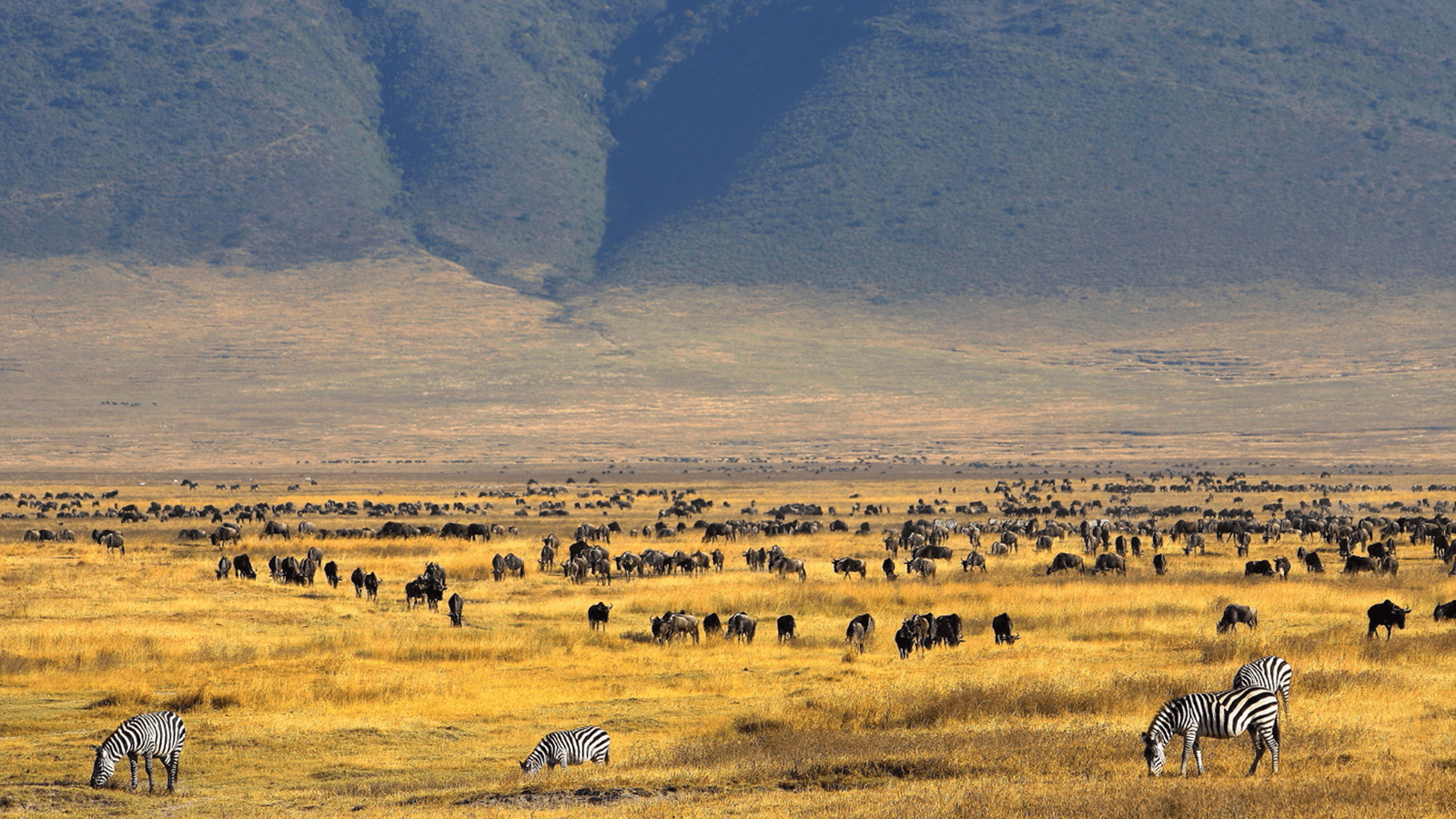
Birds
The Ngorongoro Crater is also a paradise for bird enthusiasts. Over 500 species of birds have been recorded in the area, including flamingos, pelicans, storks, and various species of raptors. The crater’s diverse ecosystem provides a rich feeding ground for these winged creatures, making it a bird watcher’s paradise.
Best Time To Visit – Ngorongoro crater
The best time for Ngorongoro crater safaris & tours visit is during the dry season, which runs from June to October. During this time, the vegetation is less dense, making it easier to spot wildlife. The dry season also coincides with the famous Great Migration in the nearby Serengeti National Park, so visitors to the crater during this time can witness this incredible natural spectacle as well.
Weather & Climate
The weather and climate in the Ngorongoro Crater can vary greatly depending on the time of year. The high altitude of the crater means that temperatures can be quite chilly, especially in the early mornings and evenings. During the dry season, temperatures can range from 10 to 20 degrees Celsius, while the wet season, which runs from November to May, can see temperatures ranging from 15 to 30 degrees Celsius. It is important to pack warm clothing, as well as rain gear if visiting during the wet season.
Getting There
Getting to the Ngorongoro Crater is relatively easy, as it is located just a few hours’ drive from the town of Arusha. Most visitors will fly into Kilimanjaro International Airport, which is serviced by several major airlines. From there, it is a scenic drive through the Tanzanian countryside to the entrance of the Ngorongoro Conservation Area. You can combine Safari to Tarangire , Serengeti, and lake Manyara
Malaria & Safety– Ruaha NP
When visiting the Ngorongoro Crater, it is important to take precautions against malaria. The area is considered a high-risk zone for the disease, so it is recommended to take anti-malarial medication and use insect repellent. It is also important to follow safety guidelines, such as staying in designated areas and not approaching or feeding the wildlife. The Ngorongoro Conservation Area is committed to preserving the natural beauty and wildlife of the crater, so it is crucial to respect the rules and regulations in place. Read our TripAdvisor reviews here

